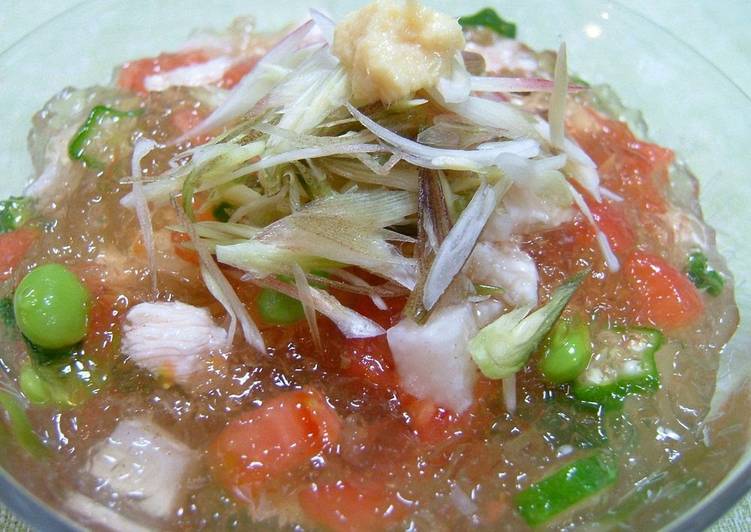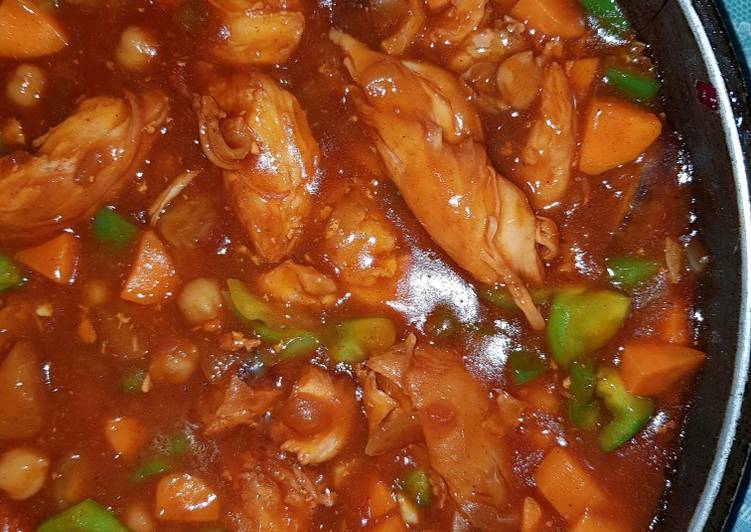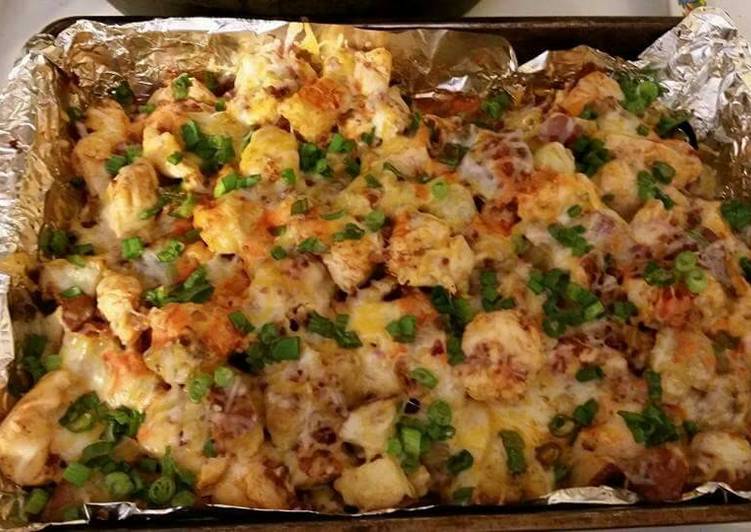
Hey everyone, hope you are having an incredible day today. Today, we’re going to prepare a distinctive dish, dashi gelée soup. It is one of my favorites. This time, I am going to make it a little bit tasty. This will be really delicious.
Dashi is the basic Japanese soup stock used in many Japanese dishes. This is the ultimate guide to Dashi, Japanese soup stock. Dashi creates a savory umami flavor from all these ingredients and you don't need to season the food as much once you have a good stock.
Dashi Gelée Soup is one of the most well liked of recent trending foods on earth. It’s appreciated by millions daily. It’s easy, it’s quick, it tastes delicious. They’re fine and they look wonderful. Dashi Gelée Soup is something that I have loved my entire life.
To begin with this particular recipe, we have to first prepare a few ingredients. You can cook dashi gelée soup using 18 ingredients and 12 steps. Here is how you can achieve it.
The ingredients needed to make Dashi Gelée Soup:
- Make ready ●Gelatin (powdered)
- Make ready ●Water
- Get △Dashi stock granules
- Take △Weipa (or chicken stock granules)
- Make ready △Water
- Get to 1 teaspoon △Salt
- Get △Soy sauce
- Get Chicken tenders
- Get ■Salt
- Make ready ■Sake
- Make ready ■Katakuriko
- Take Tomato (medium)
- Get Okra
- Take cm Nagaimo yam
- Make ready edamame beans or 1/2 cucumber Boiled edamame or cucumber
- Get Myoga ginger
- Prepare Grated ginger
- Make ready Minced umeboshi
It's like a back bone of Japanese cuisine. Dashi is an incredibly simple broth, and it forms one of the culinary cornerstones of Japanese Dashi can be used to make a fantastic bowl of miso soup, to poach fish or vegetables, or to add savory. Dashi (出汁) is a Japanese soup stock made from konbu and katsuobushi. Dashi is a seafood-based soup stock used in many Japanese dishes.
Steps to make Dashi Gelée Soup:
- Put the ● water into a container. Sprinkle in the gelatin and leave it to soak.
- Put the △ ingredients into a pot and turn on the heat. When it comes to a boil, remove from the heat and stir in the gelatin from Step 1 until it has dissolved.
- Once Step 2 has cooled, transfer to a bowl or leave it as-is and chill in the refrigerator.
- Slice the chicken tenders diagonally into 1 cm pieces. Place in a bowl and toss with the ■ ingredients.
- Bring water to a boil in a pot and add in the chicken from Step 4. Once the chicken has through (about 30 seconds), drain the water using a colander.
- Peel the tomatoes and dice into 1 cm cubes. Parboil the okra and thinly slice. Peel the nagaimo yam and cut into 1 cm cubes.
- Shell the edamame. If using cucumber, cut into 1 cm cubes.
- Julienne the myoga ginger and soak in water. Drain the water well.
- Once the soup from Step 3 has hardened to your preferred consistency, use a fork to mix it up roughly.
- Stir the chicken, tomato, okra, nagaimo yam, and edamame or cucumber into Step 9. Arrange on a dish and chill well in the refrigerator.
- Portion into dishes before eating. Top with myoga ginger and optionally, ginger or umeboshi. It's done! Stir it well while eating and enjoy!
- If using the broth left over from boiling chicken, substitute for the Weipa and water. - - https://cookpad.com/us/recipes/143249-moist-boiled-chicken
Here's everything you need to know about it: from. You find dashi used as often in Japanese cuisine as much as you find chicken stock used in Western cooking. Dashi keeps for about one week in the refrigerator. Mix dashi with a little water and pour it into the pan, adding soy sauce, mirin, and a pinch of sugar mushroom tobanyaki with dashi is amazing. Especially with a poached egg on top for creaminess.
So that is going to wrap it up for this special food dashi gelée soup recipe. Thanks so much for your time. I’m confident that you will make this at home. There’s gonna be more interesting food in home recipes coming up. Remember to bookmark this page on your browser, and share it to your family, friends and colleague. Thanks again for reading. Go on get cooking!

